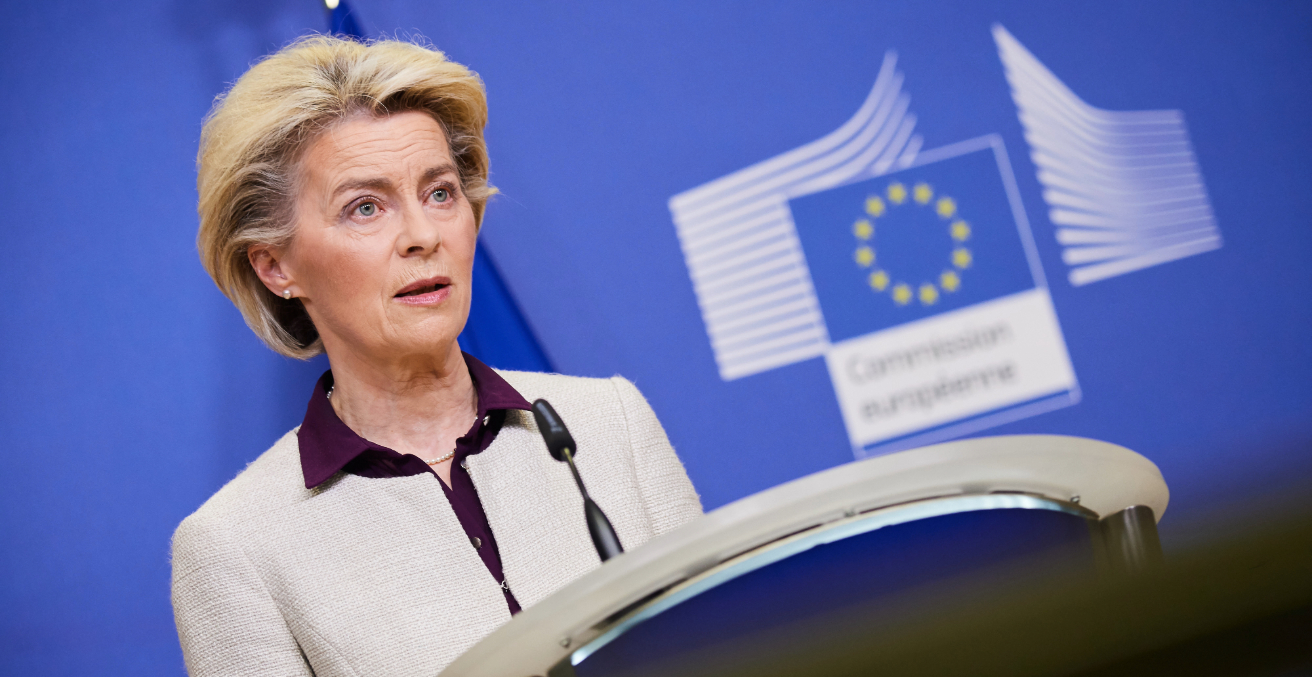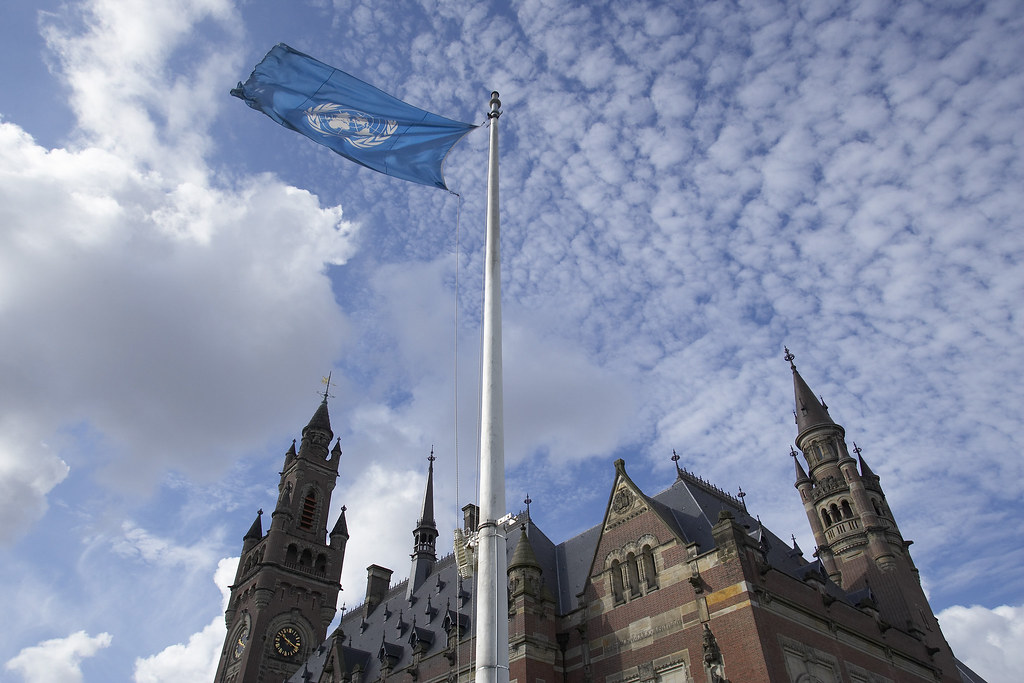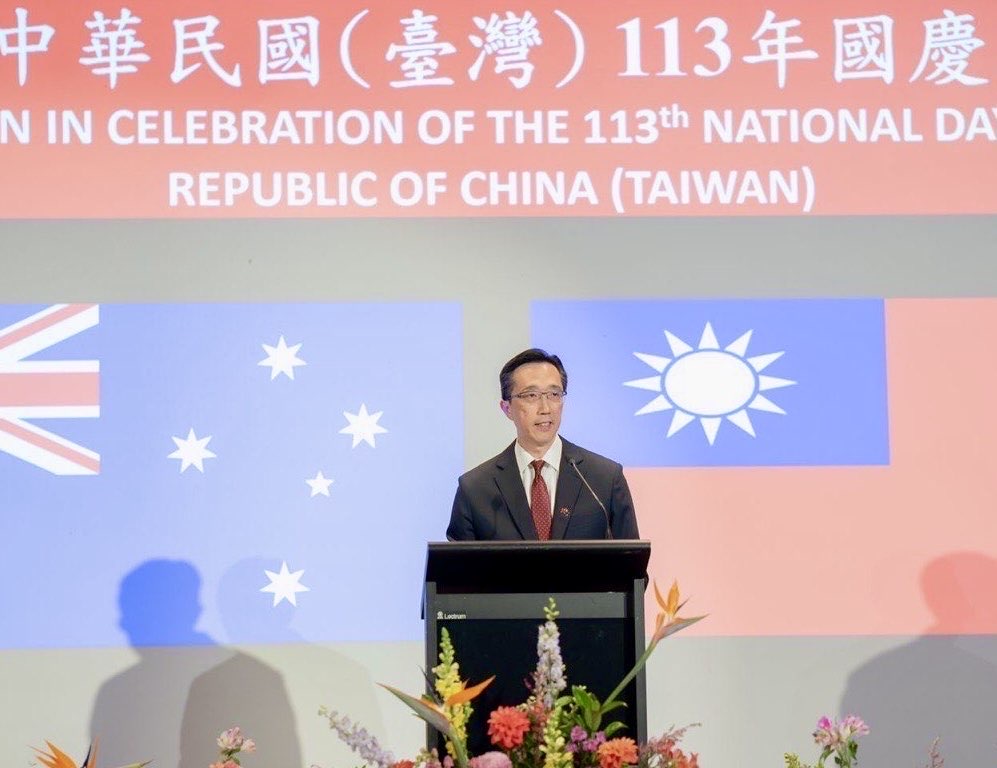The European Union’s bid to join the CPTPP signals a strategic shift in response to rising protectionism and global trade fragmentation, especially under renewed U.S. tariff pressures. Framed as both an economic and geopolitical initiative, the move aims to forge a “third way” between Washington and Beijing while reinforcing open, rules-based trade in the Indo-Pacific.
On 10 April 2025, President of the European Commission Ursula von der Leyen announced that the EU would like to “deepen trade cooperation with Asia and actively explore the possibility of joining the Comprehensive and Progressive Agreement for Trans-Pacific Partnership” (CPTPP), a trade agreement between Australia, Brunei, Canada, Chile, Japan, Malaysia, Mexico, New Zealand, Peru, Singapore, the United Kingdom, and Vietnam. The proposal was a response to Donald Trump’s tariffs war, which has impacted both US enemies and allies.
Japan and South Korea have welcomed the idea. New Zealand Prime Minister Christopher Luxon, meanwhile, committed to explore the possibility. Even Australia’s Trade Minister, Don Farrell, who recently walked away from a trade deal with EU, seemed open to the idea. Interestingly, China has bid to join the CPTPP, though unsuccessfully so far, welcomed the idea as contributing to “trade and liberalization within the Asian region and advancing the process of regional economic integration.”
The idea of stronger linkages between the EU and the CPTPP has been circulating in European think tanks since 2020. It took a new dimension in 2022 when former EU Trade Commissioner Cecilia Malmstrom described a potential EU membership with the CPTPP as an opportunity for the EU “to strengthen its trade agenda and become a ‘stronger geopolitical actor.’” More recently, on 2 April 2025, former EU trade negotiator Ignacio Garcia Bercero proposed a coalition between the EU and the CPTPP to head a response to US tariffs and reform the WTO. Von der Leyen’s announcement ultimately transformed what has so far been only an idea into an active quest.
On 30 May, French President Emmanuel Macron went further. Delivering the keynote address at the Shangri La Dialogue, a forum dedicated to defence and security issues, he called for an effort to “develop trade, respectful of common social and environmental standards.” If the terms were unsurprising, the proposal also served a larger purpose, the construction of a “coalition of action” which, in the absence of an effective World Trade Organization, would de-risk existing economic models and stabilise the open and rule-based order.
With the tariff war launched by President Donald Trump, joining the CPTPP has taken on new meaning. Initially meant to limit Beijing’s imprint on trade and norms-setting in the region, its focus is shifting towards recreating a space for open trade. The motivations of the supporters of the proposed arrangement with the EU do vary, however. By supporting the enlargement of the CPTPP, China is trying to rally the world against Trump’s policies. Others are trying to evade Trump’s sweeping global tariffs.
The danger anticipated by the French president goes beyond economics. He likely foresees a fragmentation of the entire trading system, which could further foster the preying of larger powers on smaller ones. Great powers would both compete among themselves and coalesce against lesser ones. This would enable a new geopolitics in which unchecked trade liberalisation would be a one-way process and, exclusively, an instrument of domination. This potential underscores the need, at the least for Emmanuel Macron, for Europe and Asia to “work together on a coalition of independence’ capable of resisting the “spheres of coercion.”
The modalities of any agreement still have to be defined. But with a combined GDP greater than China’s, the EU has the capacity to be an economic anchor to the region, offering additional possibilities for diversification, providing Asian and Pacific countries with more export opportunities and investment options. Negotiating such an agreement between the EU and the CPTPP countries would likely be complex and lengthy. But whatever the final contours of the arrangement, the coordination between the two blocs would strengthen their respective members’ bargaining position in negotiations with both the US and China, and promote regional integration in the process.
Such an arrangement for the safeguarding of some degree of trade liberalisation would “not be immune from geopolitics” but, for some, like the former Secretary of the Department of Foreign Affairs and Trade (DFAT), Peter Varghese, should not be held hostage to it. In the mind of von der Leyen, it would, on the contrary, be an eminently geopolitical endeavour, and for the French president, an essential component of the “third way” between the US and China he has been advocating ever since he was elected.
Geopolitical considerations are likely to weigh as much against the economic considerations on the potential negotiations. But political circumstances, not rhetoric, are today pushing so-far reluctant actors to converge in the same direction. It does not make the process any less difficult and uncertain, but an arrangement between the EU and the CPTPP may be one of the very few ways to preserve trade liberalisation and some capacity to manage great power relationships.
Dr Frederic Grare is currently Senior Research Fellow at the National Security College, ANU.
This article is published under a Creative Commons License and may be republished with attribution.





